Boulogne-sur-Mer and a Mighty Maternal Warrior
History, Architecture, Fishing, Things to See and Do, the Tour de France and my Mum a Mighty Maternal Warrior
Welcome to new and existing subscribers. Thank you for reading my article and thereby supporting my writing. You will never know how much I appreciate this.
Introduction:
I was back again in Dublin the previous weekend. Our 89 year old mother is now home, following an unplanned 12 week stay in hospital.
I have brought Mum back a pale pink Italian lipstick and a light, fresh, sprightly perfume from a traditional profumeria (perfume shop) in Bologna. She laughs mischievously - “but it still isn’t Chanel Caroline”. We both share a love for Chanel perfume, even though it becomes more expensive every year.
Also included is a bar of expensive Italian milk chocolate, wrapped in pretty paper with an image of Michelangelo’s nude David, who stands provocatively further north in Florence. Mum has always been a devout lover of chocolate - but this final, latest illness has left her with no appetite for chocolate nor coffee.
Secretly, I have smuggled back a pack of fresh tortellini filled with mortadella and a
Photo: author, Tortellini from Bologna
Photo: author
hunk of 36 month old Parmesan from Simoni’s delicatessen in Bologna.
Photo: author, Parmigiano Reggiano, Simoni’s delicatessen, Bologna
Earlier in the morning, I sourced chicken broth from two top end Dublin food establishments. And now I prepare lunch for Mum, my two sisters and I - Tortellini en Brodo - the classic comfort Bolognese dish.
Photo: author, Trattoria dal Biassanot, Bologna
Mum tells me she loves the broth and I believe her. However, in a similar fashion to my previous al dente Christmas Brussels sprouts, one or two of the bite sized tortellini are discreetly spat out. These days, Mum typically feels nauseous when she gets out of bed in the morning, moving from the night time horizontal position to the vertical. Dentures are removed preemptively, just in case vomiting follows the initial nausea. So the tortellini, though tender, present a digestive challenge.
Mum becomes a little confused - mixing up Bologna in Italy with Boulogne in France. To be fair to Mum, the French name Boulogne derives from the Latin Bononia, which is also the Roman name for Bologna in Italy. Both places are thought to have derived from native Celtic place names, with bona possibly meaning “foundation” or “citadel”.
Anyway, Mum tells me that she always wanted to visit Boulogne. I am then confused and ask did we not go there together? In the past, we have visited many French towns, cities and restaurants in northern France. Mum replies “No, but I always wanted to go.”
Apparently, as a young woman in the 1950s, mum passed through Boulogne port on an overnight Dover-Boulogne ferry and sleeper train, en route to visiting the pilgrimage town of Lourdes, down south near the Pyrenees mountains. She can remember ordering a half bottle of Sauternes wine with her dinner onboard the overnight train and finding it very sweet.
Inside, I am sad and full of regret. For now I fear that Mum will never get to visit Boulogne-sur-Mer with me. She made a decision not to renew her passport after that Covid pandemic.
Tour de France:
Photo: letour.fr
The 2025 Grand Départ will be contested in northern France. Stage 1 starts and finishes in the centre of Lille and covers 185 km via a northwest loop, with the sprinters expected to fight for the first stage win and the maillot jaune (yellow jersey).
The riders will enjoy several nights in the same hotel near Lille, with stage 2 from Lauwin-Planque, south of Lille, to Boulogne-sur-Mer on the coast. At 209 km, this is the longest stage of the 2025 Tour.
Photo: letour.fr
This stage is hillier and more exposed to crosswinds from the Channel, with the Saint-Étienne-au-Mont (900 m 10.6%) and the Côte d'Outreau (800 m 8.8%) in the final ten kilometres. Wout Van Aert won a similar stage to Calais in 2022 with a late solo attack and Peter Sagan won on the uphill finish in Boulogne-sur-Mer in 2012, so this is a day for the puncheurs and perhaps a change in the race lead.
Photo: letour.fr
A short History of Boulogne-sur-Mer:
Photo: author, the Medieval ramparts (decorated in preparation for Tour de France), Porte Neuve Gate and the Basilica, 20/06/25
Boulogne is a city shaped by the sea. It has always been a strategic crossroads between Britain and Europe. Founded in ancient times, originally only the coasts and river mouths were inhabited. The interior contained huge dark hostile forests.
During the Gallic era, Boulogne was the main fishing port of the Morini; a turbulent tribe subdued by Julius Caesar in two expeditions; one in 55 B.C., the other in 54 B.C.
The Romans began to clear the area; swathes of forest were cut down; rich lands were developed and villas and farms sprang up, dramatically changing the appearance of the landscape. The region became an important commercial and military crossroads; roads were laid. The Gallo-Roman civilisation brought peace and prosperity.
In place of a small fishing hamlet, a city grew. The city was originally divided into two parts: Césariocum in the port area and Bononia in the upper town.
At the beginning of the 2nd century, a castrum (Latin term for a military fort used during the Roman Empire) was established on a rocky spur overlooking the river Liane estuary. Below in a cove, the port facilities were installed.
The main port of the Roman fleet, known as the Classis Britannica, Boulogne saw successive expeditions of Julius Caesar and Claudius I, who both planned to conquer ancient Albion (Britain).
La Ville-Haute, the historic heart of Boulogne, is the upper town. The current upper town retains the general topography of a military camp; the fortifications seen today stand on the foundations of Caesar's Roman defences; built when troops were preparing their invasion of Britain. The walls were renewed at the beginning of the 4th century.
After the fall of Rome, Boulogne was semi-abandoned, but was revived during the feudal era in the early Middle Ages as the seat of a line of independent and powerful Counts - the House of Boulogne.
Though not a Norman, Count Eustache II As Grenons (Fine Moustaches) accompanied William the Conqueror to Hastings. His son, Count Godefroy de Bouillon (1061-1100) was the main leader of the First Crusade and the most famous of the counts from the House of Boulogne.
In 1214, King Philippe Auguste of France succeeded in establishing his authority over Boulogne. From then on, it was the main bastion of French power in the north, providing defence against challenges from the Counts of Flanders and later, England and Spain.
King Philippe Auguste gave Boulogne to his second son Philippe Hurepel (Frizzy Hair), who, in between plotting to take over the crown himself, substantially rebuilt the old town between 1227 and 1231. The original Roman fortification walls were rebuilt and a castle was constructed. But the Roman configuration was maintained.
In the lower town, the village was organised around the Saint-Nicolas church, founded in the 12th century.
The Hundred Years' War was disastrous for Boulogne, which was besieged and pillaged several times. In 1492 Henry VII laid siege to Boulogne before the conflict was ended by the Peace of Etaples.
In 1544, 3000 Boulonnais put up a fierce two-month resistance from the fortress, against 30,000 English troops, ordered by Henry VIII to capture the town. It was only after the betrayal by the Governor of Boulogne, Sire de Coucy de Vervins, that the English triumphed. The Boulonnais population fled from Boulogne to Etaples and Abbeville.
King Henry VIII populated the city with loyal English subjects, which was then quickly decimated by a plague epidemic. Boulogne remained under English rule until 1550, when Edward VI sold the battered city to Henri II. Henri paid a ransom of 400,000 gold crowns for its return.
Among medieval buildings still visible today on the cobbled streets of the old town are a stone beffroi, a 13th-century château and its ramparts, perched on a hill.
In the 1680s, Louis XIV's fortress-builder, Marshal Vauban, advised the king that the outer walls of the citadel were in such bad repair that they would have to be re-built. Vauban did some renovation work on the ramparts but today large sections of the entirely intact walls remarkably still look much as they did in the 13th century, especially the Porte des Degrés on the west side.
Later in the nineteenth century, preparing to invade Britain like the Romans centuries beforehand, Napoleon Bonaparte based himself at the Camp de Boulogne. From 1803 to 1805, Napoleon trained up a Grande Armée of 170,000 men, constructing coastal forts and assembling a navy of 2,000 ships. The port, teeming with ships, was bombarded several times by Nelson's fleet. The first Légion d'Honneur was awarded by Napoleon himself in 1804 at Terlincthun, just outside Boulogne. A small pyramid marks the spot where the Emperor's throne stood.
The emperor's stay is commemorated by the Colonne de la Grande Armée between Boulogne and Wimille, north of Boulogne. This monument supports an impressive marble statue of the Emperor on top, but was only completed under Louis-Philippe in 1841. Today, it is possible to climb up the 263 steps inside, with a panoramic view, at 623 feet above sea level, over Boulogne and the Côte d'Opale.
Photo: author, Napoleon, 20/06/25
However, Napoleon's planned invasion never took place. In August 1805, he decided to march most of his army east to Austerlitz, where he won a resounding victory over the Austrians and Russians.
From 1815, with the return of peace, Boulogne-sur-Mer began its true golden age. It experienced strong expansion, which benefitted the lower town, the upper town being contained behind its preserved Medieval ramparts.
Photo: Memoire en Images, La Côte d'Opale, Roland André
A vogue for sea-bathing from 1815, the development of steamships in the 1830s and the arrival of the railway between Paris and Boulogne in 1848 had significant effects on Boulogne. The train brought Parisian tourists and the speedier ferries made access easier for the British.
Boulogne became an attractive, fashionable seaside resort and a prominent French fishing port.
By 1859 the town had 56 hotels. Residents and visitors enjoyed tennis tournaments, race-meetings and sailing regattas. Queen Victoria was received with great ceremony on her arrival in the royal yacht in 1855.
However, Boulogne's history of fortification, bombardment and destruction continued into the twentieth century. In the First World War, it was a front line British naval base and the hospital centre for the Allied armies. With a heavy flow of maritime traffic and surrounded by military camps, hospitals and munitions dumps - Boulogne was an obvious target for the heavy bombardment that followed from the Germans only sixty miles away. The United States entered World War One in 1917 and General Pershing and his soldiers arrived in Boulogne-sur-Mer.
During World War Two, French, British and Belgian troops defended the port in the Battle of Boulogne in 1940. This battle occurred not long before Operation Dynamo in Dunkirk and the evacuation of the British Expeditionary Forces (BEF).
The Germans invaded Boulogne on the 25th May 1940 and occupied it for four years. Boulogne became a submarine base and a fortress. This time the bombardment - 487 times - came from the Allies, with many civilian casualties. Boulogne suffered significant destruction of its port, waterfront and the surrounding neighbourhoods. The Canadian Army liberated Boulogne from Nazi occupation on 19th September 1944.
Photo: Memoire en Images, La Côte d'Opale, Roland André, Le Quai Gambetta before and after the Second World War. In 1943 and 1944, the heart of the city was crushed by bombs.
Château Comtal (Count's Castle) and a Museum:
Photo: author, the Castle moat, Notre-Dame Basilica in the background, 2010
In 1226, Philippe Hurepel (Frizzy Hair) built a new castle, creating a stronghold at the most exposed corner of the town. This new chateau was designed with a polygonal shape and towers at each corner. There are two gates, one opening into the city and the other out into to the countryside. There is no keep.
A walk along the ramparts offers exceptional views over Boulogne-sur-Mer, but the inside of the castle is worth a visit too.
Today, the castle houses a museum, with works donated by notable people from Boulonnais, such as the Egyptologist Auguste Mariette, the collector Alphonse Pinart, the archaeologist Camille Enlart and Georges Mathieu, known for Lyrical Abstraction.
There are mummies and other Egyptian relics, some fine classic 18th-century porcelain and a remarkable collection of Inuit and Native American masks acquired by Alphonse Pinart, during an expedition to Alaska in 1871. The most interesting part of the castle itself, which can be seen towards the end as you go round, is the Salle de la Barbière, a fine vaulted Gothic hall.
Notre-Dame Basilica:
Photo: author, Notre-Dame Basilica on the hill, seen from Boulogne Marina, 20/06/25
During the most radical phase of the French Revolution in 1793, the revolutionaries of Boulogne were not content with just desecrating their 12th-century Abbey Church, but actually destroyed it. So, in the 1820s, the Catholic Church, reinstated and in defiant mood, decided to put the Godless to shame with this enormous edifice, taking as models the modest examples of St Peter's in Rome, Les Invalides and Le Panthéon in Paris and St Paul's in London.
Built between 1827 and 1866, on the site of the original destroyed church, it is huge inside - the dome above all - but it is impressive rather than beautiful.
The 101 metre high basilica dome dominates the Boulonnais countryside for miles around and from the countryside is the best way to see it.
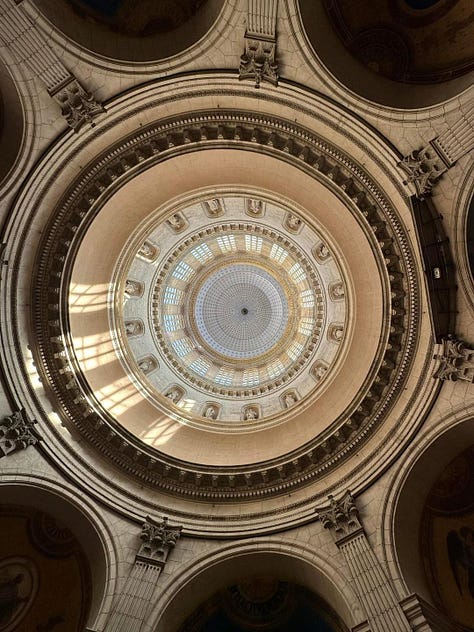
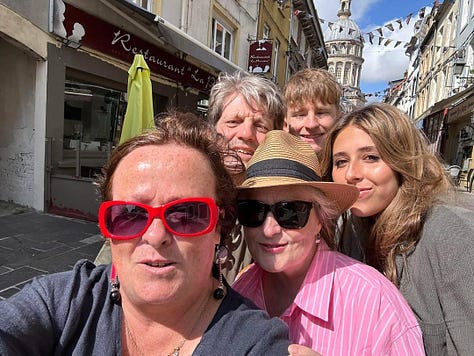
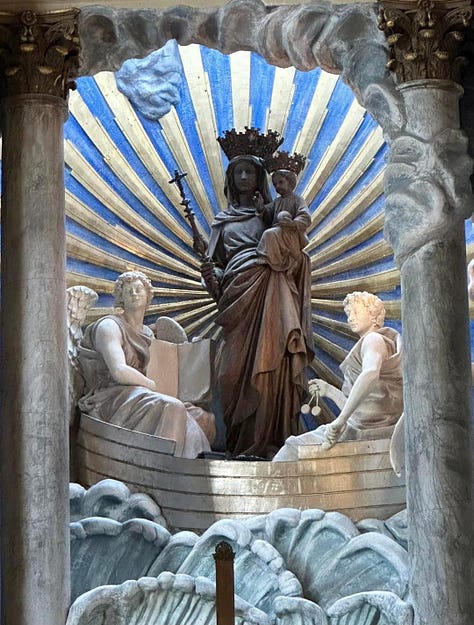
The basilica retains the original Romanesque crypt. At 1,400 m2, it is one of the largest crypts in France.
The cathedral was named after an apparition of the virgin in the 7th century. Mysteriously or miraculously, a rowing boat with a statue of the Virgin Mary, yet no sailors or oars aboard, landed onshore. Subsequently, Boulogne became an important place to visit on pilgrimages in Europe in Medieval times. Throughout the crusades, knights stopped at Boulogne to have their swords blessed, before journeying onwards to Jerusalem. Fourteen Kings of France and five Kings of England have personally prayed to the Virgin at Boulogne. In the 11th century, Saint Ide, the mother of Count Godefroy de Bouillon, built a church as a memorial to the 7th century apparition of the Virgin in the Boat.
Her wooden statue, with a bejewelled crown, can be found in the central chapel of the Basilica, except on the final Sunday in August, when a procession in mediaeval costume, in honour of the Middle Ages pilgrimages still takes place in Boulogne.
Le Beffroi (The Belfry):
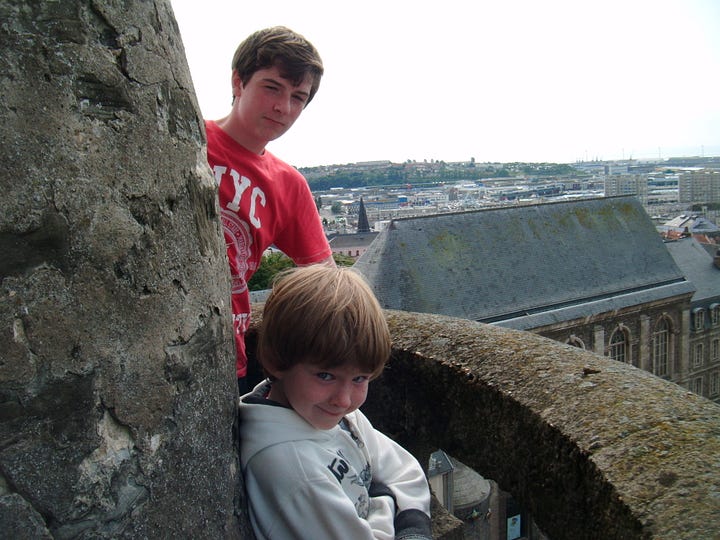

The heart of the old town is named after Count Godefroy de Bouillon. Here you will find the imposing 18th-century Hotel de Ville. From the interior, you can climb the 37 metre high twelfth century beffroi, the oldest monument in Boulogne, for more views over the port and surrounding countryside.
Photo: cote-dopal.com
In 1226, when Philippe Hurepel decided to build a new castle in the most vulnerable corner of the old town, he gave his old castle to the city's bourgeoisie, who transformed the original castle keep into a beffroi. In 2005, UNESCO classified the Boulogne beffroi and 22 other belfries in the Hauts-de-France region as world heritage sites.
In medieval times, the beffroi contained the room where justice was administered, the prisoners’ dungeon, a chapel, the jailer’s accommodation, the watchman's hut and the bell which would be rang if there were an emergency.
Photo: author, 2012
At ground level today, the museum contains a weapons room, some stone cannonballs and a stained-glass window from the 1900s depicting Count Godefroy de Bouillon. On the first floor there is a court room. A narrow stairway in the small corbelled turret leads up to the parapet walk at the top.
Boulogne Fishing Port:
Photo: author, Boulogne skyline, including low tidal beach and port, 20/06/25
The history of Boulogne-sur-Mer is closely linked to fishing, particularly herring, a fish that is very abundant in the North Sea and the English Channel. In 1886, 1,000 sailors made a living as fishermen. They used small sail boats, like Le Persévérance in the photo below.
Photo: Le Persévérance, Memoire en Images, La Côte d'Opale, Roland André
The first steamship, launched in 1894, was the Ville de Boulogne. By 1920, the Boulogne fleet numbered 541, weighing 66,903 tons and manned by 9,290 sailors. Some sixty companies and more than 4,000 employees made their living directly from fishing.
Photo: A bord d’un Chalutier à vapeur, Memoire en Images, La Côte d'Opale, Roland André
Photo: Memoire en Images, La Côte d'Opale, Roland André
At the port, the boat crews unloaded their catch. On the moored docks, wicker baskets, used for sorting various fish species, were piled up.
Photo: Memoire en Images, La Côte d'Opale, Roland André
After sorting, the fish were transported on handcarts and sold at auction, where fishmongers bought them in batches. It would have been a colourful, lively spectacle on the quays. But the trains were already waiting to transport the fresh fish from Boulogne-sur-Mer to Paris.
Photo: Memoire en Images, La Côte d'Opale, Roland André
The beginning of the twentieth century marked the end of sailing ships. The elegant schooners heading for the shipbreaking yards. Leaving the port of Boulogne in 1908, a steamship seemed to bid a final farewell to this robust sea steed.
Today, Boulogne-sur-Mer is home to France's largest commercial fishing port, with a fishing fleet of approximately one hundred boats and at least 70 different species of fish unloaded every day. 380, 000 tonnes of fresh fish are landed in Boulogne per year.
Photo: author, Fish & Seafood shacks on the quay, 20/06/25
The quays are lined with shacks selling super fresh spider crab, lobster, scallops, langoustines, sole and oysters.

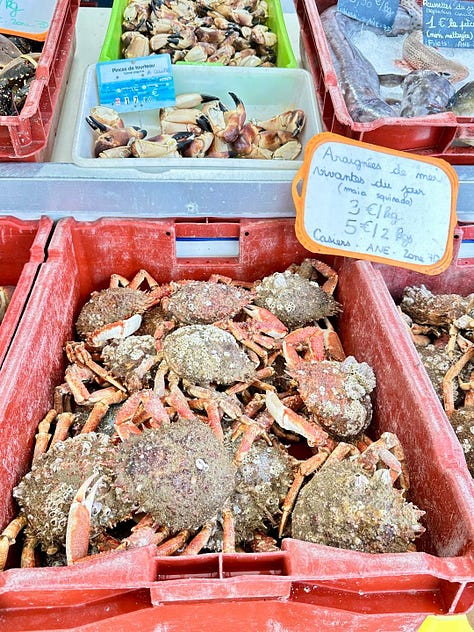

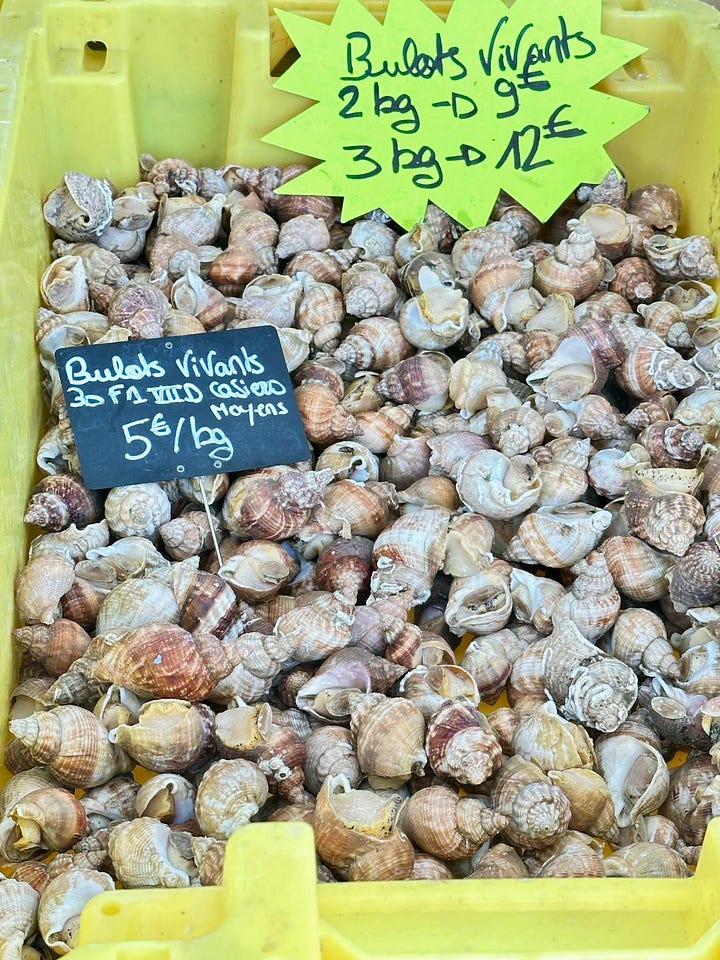
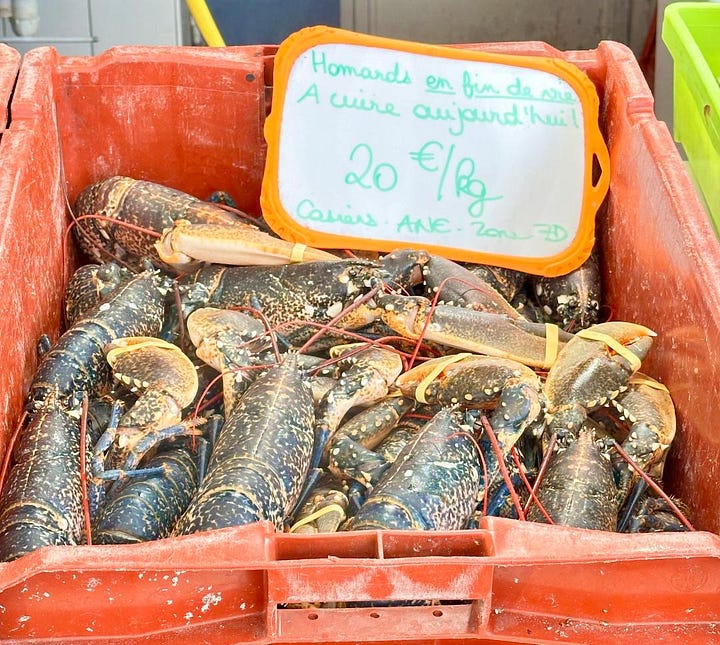
Boulogne’s fishing port is a centre of excellence for seafood producers. Thanks to its fish market and its network of companies specialising in processing, today it is the European capital of seafood products.
The Port of Boulogne combines all the industry's operations on a single site: manning and equipment, tallying, wholesale trading, fish filleting, sale, shrimp cooking, canning, smoking and curing, creating ready meals and frozen food products, wrapping and research and development
Approximately 200 fishing sector companies exist in the Capécure zone, with its cold storage facilities and efficient distribution logistics.
The Harbour Office monitors boats leaving and entering the port. Trawlers unload and display fish for sale at the Halle Jean Voisin. Bidding for the day’s catch takes place every morning in the Auction. Fish is processed into ready meals in Capécure 1 and 2. The fish is cut, frozen and packaged at the Ateliers de la Marée. Fish which is delivered from other locations is unloaded at the Gare de Marée. At the Slipway, fishing boats and trawlers are built and repaired. Tours of the Capécure zone can be organised by the Tourist Office in Boulogne.
Photo: author, Boulogne Port, 20/06/25
The commercial port and marina reflect Boulogne's dual nature, balancing tradition and modernity. Alongside trawlers and fishing boats, sailboats and yachts enliven the quays, creating a vibrant, authentic atmosphere.
Photo: author, Boulogne port from a distance, on the D940 road from Wissant via Wimereux, 20/06/25
Photo: author, 20/06/25, Zabelle
Batisse and Zabelle are two typical characters associated with local Boulonnais folklore. Batisse, the fisherman, represents Boulogne’s leading activity, while his wife Zabelle, is dressed in traditional Matelote clothes. A Matelote is a fisherman’s wife, who is highly skilled in fish preparation. The traditional costume worn by a Matelote includes a lace headdress shaped like a radiating sun; a dark shaded long black and/or burgundy skirt and camisole, with a fringed shawl.
Photo: author, 20/06/25, Batisse
Boulogne’s aquarium - Nausicaá:




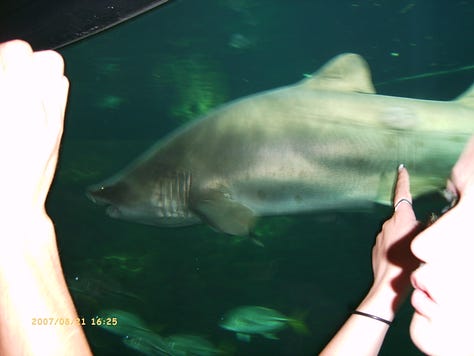
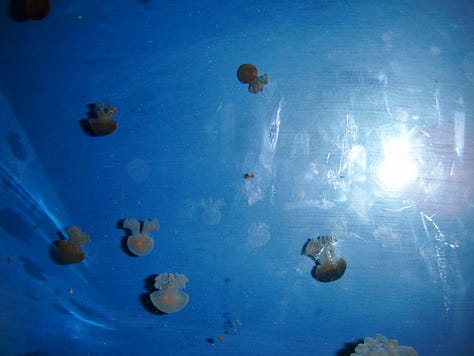
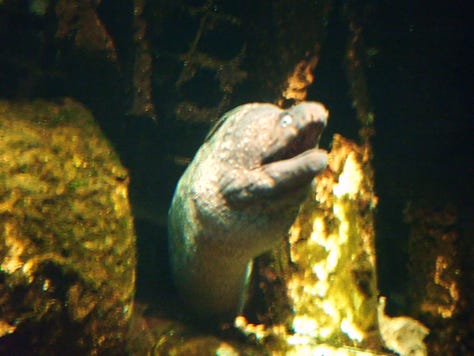
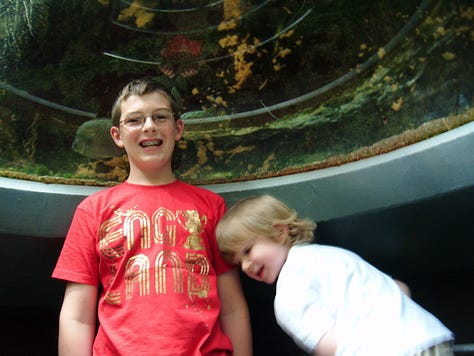

Nausicaá, the French National Sea Centre, is one of the largest aquariums in Europe, which raises public awareness of environmental issues and the riches of the oceans.
This modern aquarium has been popular since it opened in 1991. It succeeds in providing a wealth of ecological information about the sea in a very enjoyable, interactive format, through dynamic multi-media displays (with good provision for different languages). As well as all kinds of fish and sea creatures from across the world, there are theme-park-ride exhibits like the deck of a trawler in a storm, or a sealed 'tropical environment' in which to warm up in midwinter. It's also hands-on, with a tank where children can touch things like rays or skate, if not the sharks that are always among the main attractions.
The Centre includes a well-stocked library, gift shop, cinema, bar and a smart restaurant. A tour around Nausicaá takes at least two hours.
Sand Yachting and the Beach:
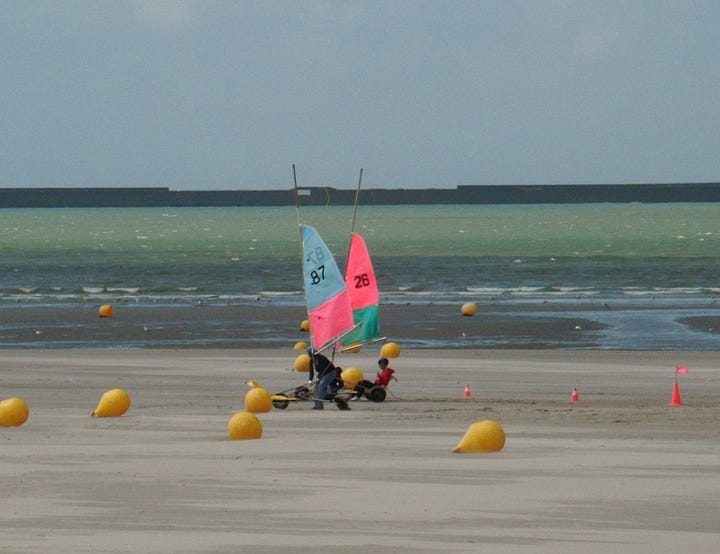
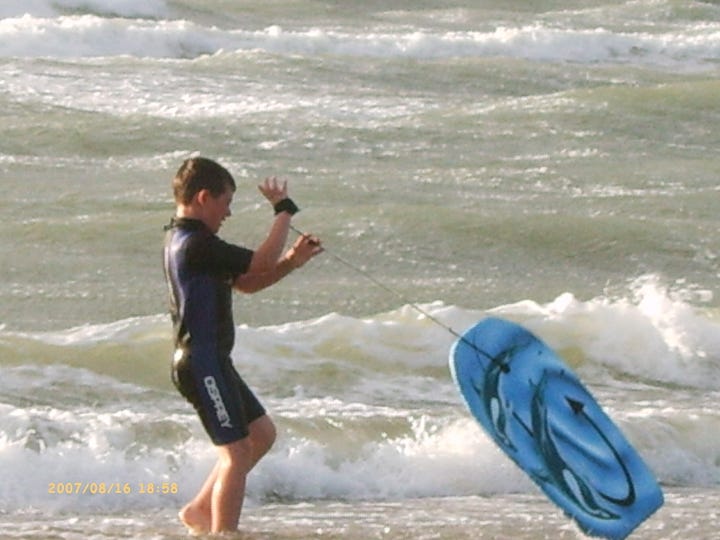
Char à voile is sand yachting. You sit in a three wheeled land-based buggy on a flat beach at low tide and control the speed and direction of your vehicle using ropes, pulleys, sails and the wind direction. Char à Voile Boulogne (CVB) offers various water sport activities: sand yachting, sea kayaking, kayak polo, paddle boarding, giant paddle boarding and pedal boats. These water sports activities are particularly popular with teenagers.
Prices are reasonable and you can book individual or group sessions. Wet suits and life jackets (as appropriate) are provided by CVB.
You can find out more about CVB here:
The Summer Funfair at Boulogne:

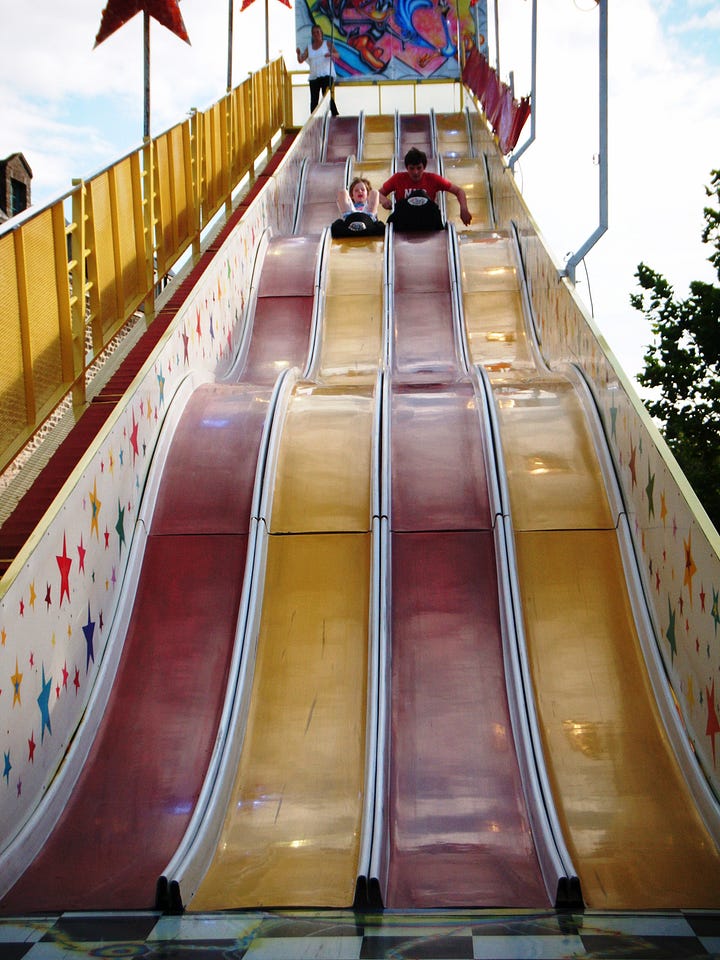
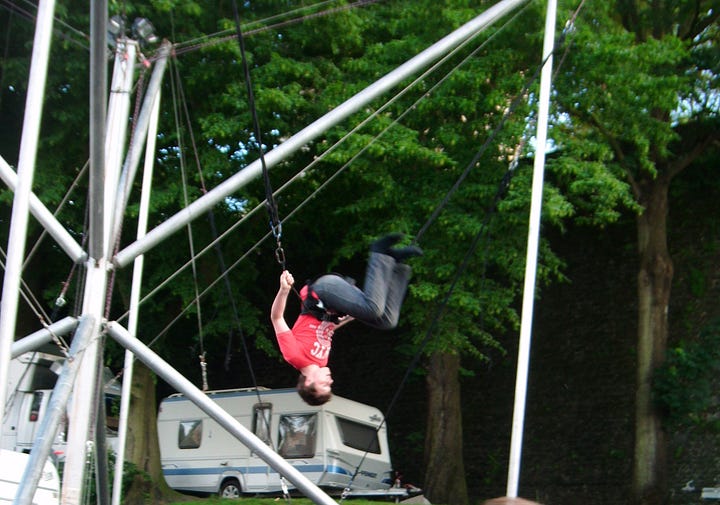

Every summer, there is a magnificent funfair in the large car park encircling the ramparts of the old town. There is something for everyone here. Bumper cars, giant slides, ghost trains, bobbing plastic ducks, prizes, acrobatics and traditional barbe à papa (candy floss), which every child pesters their parents for.
Street Art in Boulogne:
For a number of years now, during the Parcours d’Art urbain – Street art festival, Boulogne-sur-Mer offers street artists from France and abroad the freedom to share their vision of the city. Artists include Kobra (Brazil), Alaniz (Argentina), Case Maclaim (Germany), Evoca 1 (Dominican Republic), 4 Letters (France), Nikodem (France) and other artists from Boulonnais including FLAG, Florian Lajouanique, Marie Lou Peeren and Gaawouel.
Photo: author, Street art by Jacques Salvignol, 50 rue de la Lampe, Boulogne
Photo: author, Street art by Jarus, 404 Boulevard Sainte Beuve, Boulogne
The open air Street-Art trail can be enjoyed throughout the year. Ready-planned routes are available for download at www.ville-boulogne-sur-mer.fr/street-art which allow everyone to discover these large, colourful frescos and lesser known parts of Boulogne.
Reflections:
This article about Boulogne-sur-Mer was planned at least three months ago. However, it has became interwoven with my mother’s story.
When I recently brought tortellini home from Bologna and cooked lunch on Friday 13th June, Mum mixed up Boulogne and Bologna. She shared with me that she had always wanted to visit Boulogne, following her overnight train trip to Lourdes, when she was a young woman in the 1950s.
Only one day after I fly back to Britain, my sister phones to tell me that Mum has been re-admitted to hospital.
On Friday 20th June, I am actually in Boulogne taking photographs for this article, when I receive another telephone call from my sister.
Mum’s consultant now estimates that she only has a few days more to live: the amyloidosis, heart failure and kidney disease have taken their toll on Mum’s body.
Immediately, I turn the rental car around and head straight back to Calais port to catch the next ferry and collect my own car, which has been at the garage since the previous day for a service and MOT.
On the ferry I book a one way flight back to Dublin. When I drive off the ferry at Dover, I am stopped by the Border Force Customs team. I am emotional anyway and in no mood for questions. This always seems to happen if I travel back from France alone. Do I really look like a drug mule? Is this gender discrimination, identifying and pulling aside women travelling in a car on their own driving off the ferry at Dover?
With my eyes welling up, I explain that I need to return the rental car to the garage in Canterbury; collect my own serviced car and then catch a flight to Dublin.
In response, Customs examine my car in detail - not just opening the boot, but checking the cavity where the spare wheel is stored. Of course, I have no shopping or luggage in my car - just me, my handbag and my phone. Perhaps that is what makes them so suspicious.
I can feel myself becoming frustrated. I try to keep my emotions in check. I have to show my Irish passport; then I am asked to share my courtesy car rental agreement; subsequently I have to open the Ryanair app on my phone and show evidence of the flight I booked, whilst on the Calais-Dover ferry.
Forty minutes have passed and a second Border Force colleague approaches me. We recognise each other, having worked together previously in the same Canterbury veterinary hospital. Then, it is only then, I am allowed to leave the Customs area. I reach the car garage by the skin of my teeth, with ten minutes to spare before closing.
Flying back to Ireland on Midsummer’s Eve; a beautiful red blushed sunset sky after local thunderstorms; passing over Howth head, onwards over the Velvet Strand beside our childhood family home in Portmarnock, I can feel the tears welling up in my eyes again, as the airplane wheels hit the tarmac at Dublin airport.
Photo: author, The Velvet Strand, Portmarnock, north County Dublin, on a previous flight, with typically more clouds in the sky
Photo: author, Velvet Strand, Portmarnock, with Ireland’s Eye and Howth Head on the horizon; an arriving airplane in the sky above, preparing to land at Dublin airport
Mum is asleep in a hospital bed; unresponsive to touch or sounds. The previous wounds on her right cheek are healing but still shocking. Cause still unknown. Mum’s skin is pale, but pleasantly plumped up and almost wrinkle free thanks to the fluid therapy my sister had to insist the doctors prescribe. Her silky, snow white bobbed hair is still as elegant as ever, even though she has not had a haircut since well before her original hospital admission on 07/03/25.
Despite being a scientist and a veterinary nurse, it takes me a full 24 hours to slowly realise that Mum is actually unconscious.
We take turns being with Mum; holding her hand; talking to her; telling Mum that we love her; praying the rosary for her. My cousin Frances, a nurse, from Ballycastle, County Antrim tells me that even though mum is unconscious, she will be able to hear.
I cut mum’s nails, massaging nourishing cream into her dry hands. The constant invasion of multiple IV catheters placed in both hands and arms in the last four months have mutilated her delicate skin. I spray my signature Chanel No. 5 perfume on her neck - I don’t know whether this will help Mum recognise that I am here with her. Mum herself prefers Chanel Coco Mademoiselle.
Photo: Mum, who had returned home to Ballyglass West, County Roscommon from Manchester for the summer holiday carnival, her mother Nora, her father Tom, with her younger siblings Marie and Roger and a dog (probably called Prince), mid 1950s
Photo: Mum (almost hidden by a lady in a brown suit with her back to us), leaving Roscommon from Castlerea train station, returning back to work in Manchester. If you look carefully, you can see her smart vanity case in her hand. To the right, mum’s own mother Nora in a grey suit or coat and Mum’s younger sister Marie, still a young child, who would later emigrate to New York.
Mum is a warrior, an Amazonian. She survived a tough life - economic emigration to England aged 18; rearing five children, parenting was old-school Irish style; managing a home on a limited budget, juggling bills; a marriage separation;
Photo: taken by Mum, Dad, my four siblings and me, Gortahork, County Donegal, summertime 1980
a family secret well wrapped in cobwebs, waiting to be dusted off; crippling arthritis, amyloidosis, heart and kidney disease in later life.
Photo: author, Mum near Marconi Cottage, Ballycastle, County Antrim. Fair Head in the distance, July 2024
Mum is fierce, sharp as a pin and does not suffer fools gladly. She calls a spade a spade. A personality characteristic that she has gifted to her four daughters.
Photo: author, our sister Deidre modelling her new red Italian sunglasses from Bologna
Deirdre, our darling youngest sister, who is intellectually disabled with Down’s Syndrome, is Mum’s life work. Mum has always championed Deirdre - cycling there and back six kilometres each way twice a day, with Deirdre on the bicycle carrier to montessori school, whatever the weather; campaigning until she secured Deirdre an integrated place in our local primary school; volunteering with the Down’s Syndrome Association of Ireland.
Mum and Deirdre are like two peas in a pod. And absolute social butterflies, unlike myself and my other siblings, who relish our solitude and privacy.
Photos: author, Howth Pier, our first time meeting up after the initial Covid restrictions in July 2020
I take the night shifts, taking over from one of my siblings in the evenings and leaving the next morning, my siblings then taking over from me.
At 7pm on Tuesday 24 June, I am entering the hospital car park, as Deirdre and Kathryn holding Mum’s hands, sing her favourite hymn, Our Lady of Knock. Mum dies peacefully just before I arrive…
…And the tears roll down my cheeks for the first time since Mum has died; as I take off from Dublin airport this morning Sunday 29th June, returning to the UK; struggling to peer through the gaps in the cloud, to the ground below where I know we buried Mum on Friday 27th June in Balgriffin Cemetery. Mum’s cold, now soulless body, a sentinel, watching the planes departing and arriving; a nation of emigrant Irish forever leaving and returning home.
This article on Boulogne-sur-Mer is dedicated to our Mum, our Mighty Maternal Warrior. I wish we had had the opportunity to visit Boulogne together.
11/10/1935 - 24/06/2025
May You rest in Peace Mum.


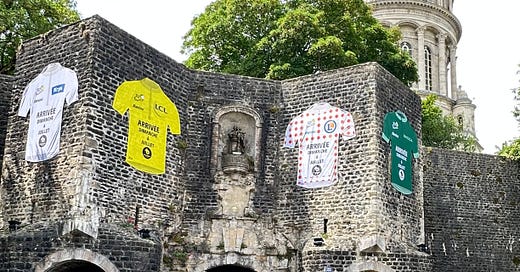





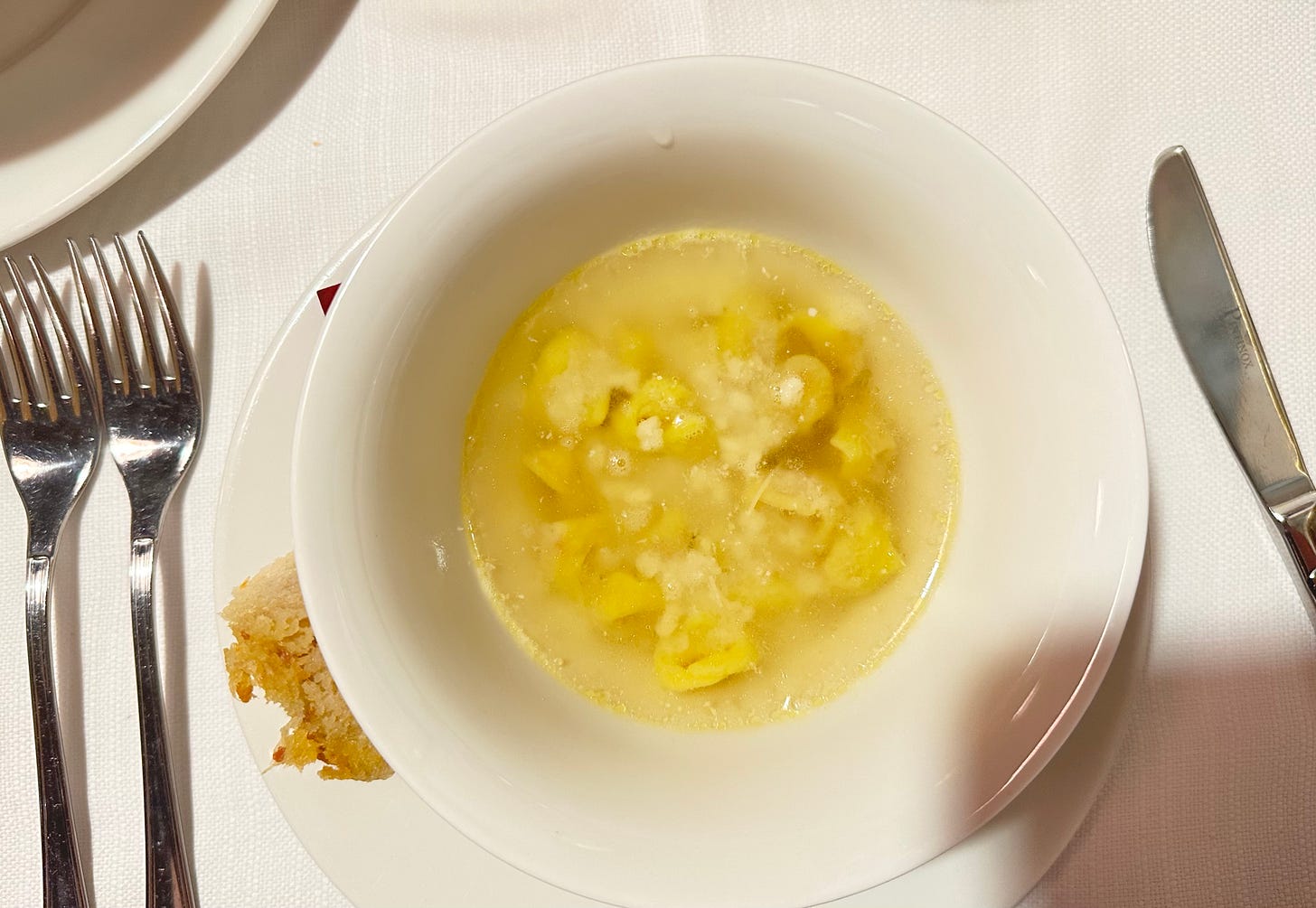


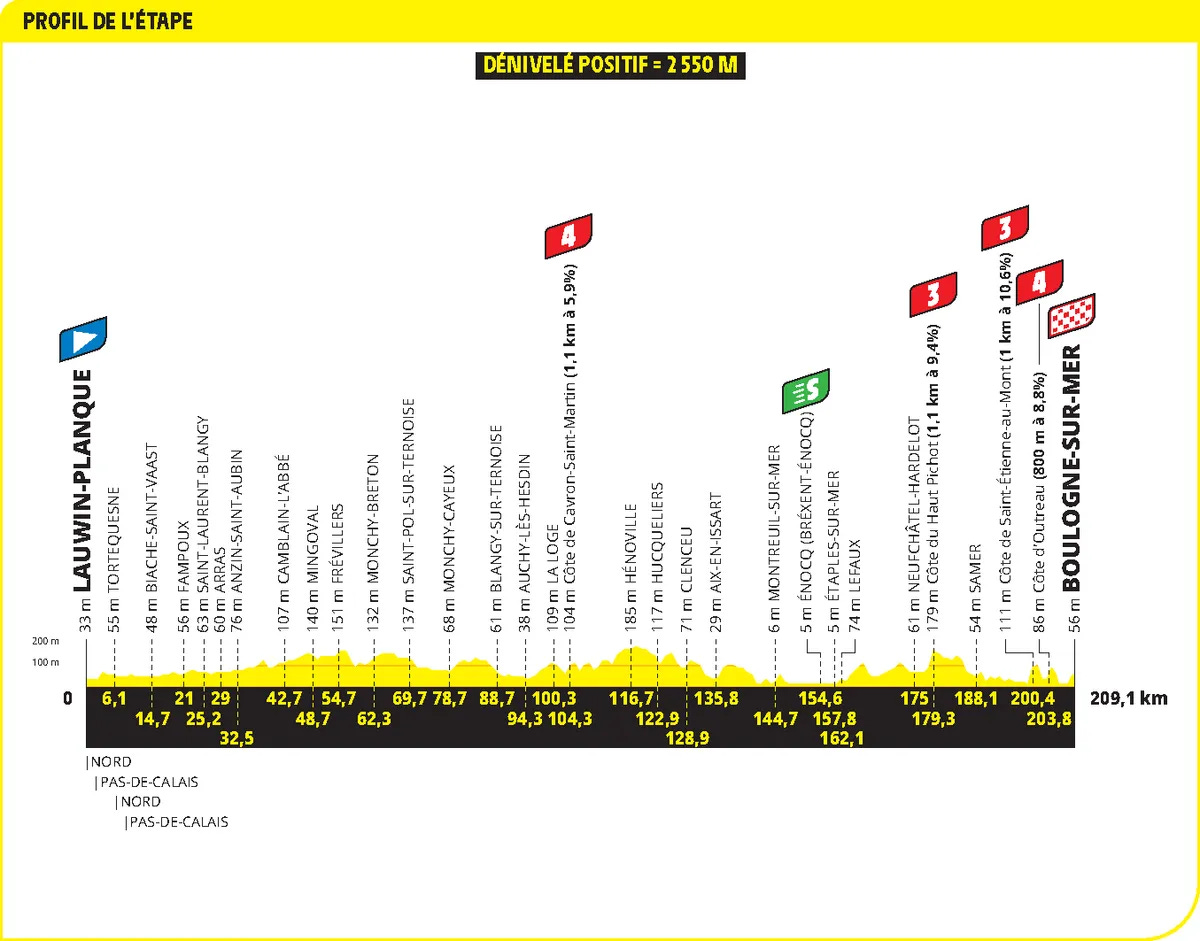



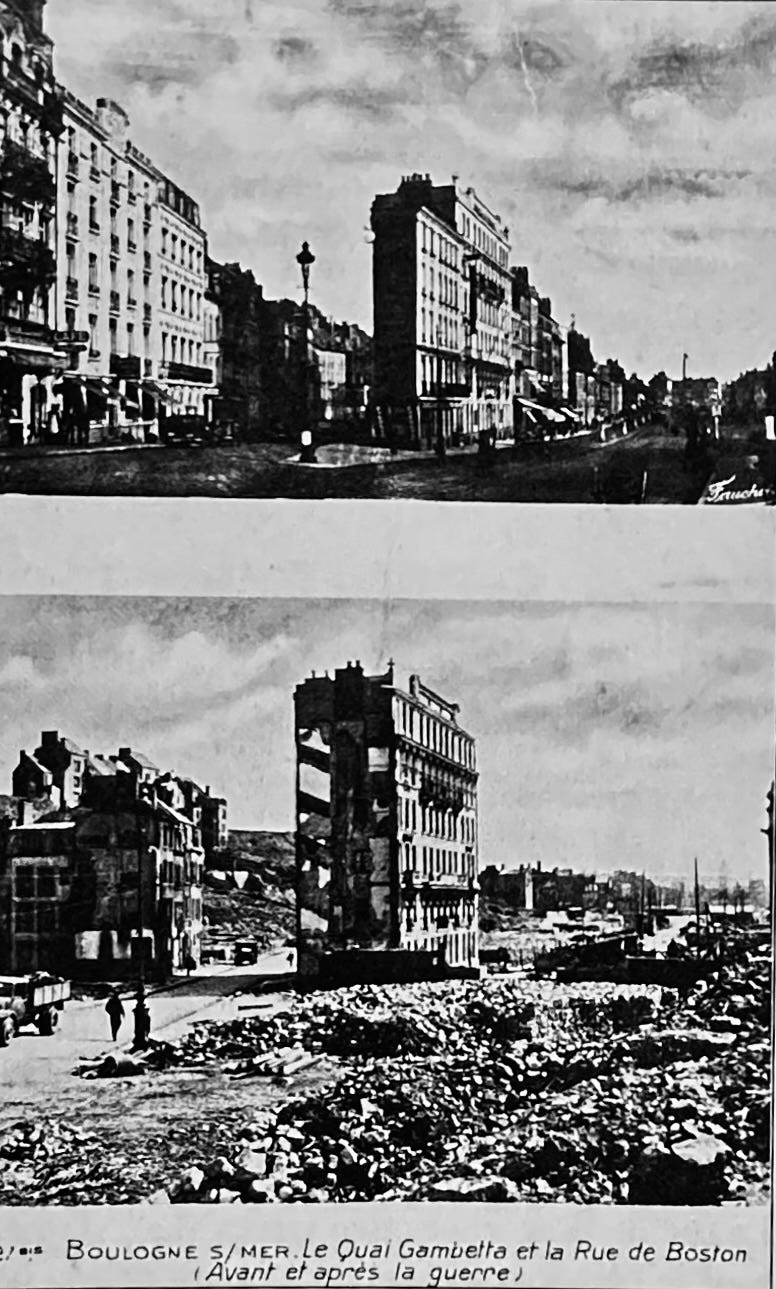



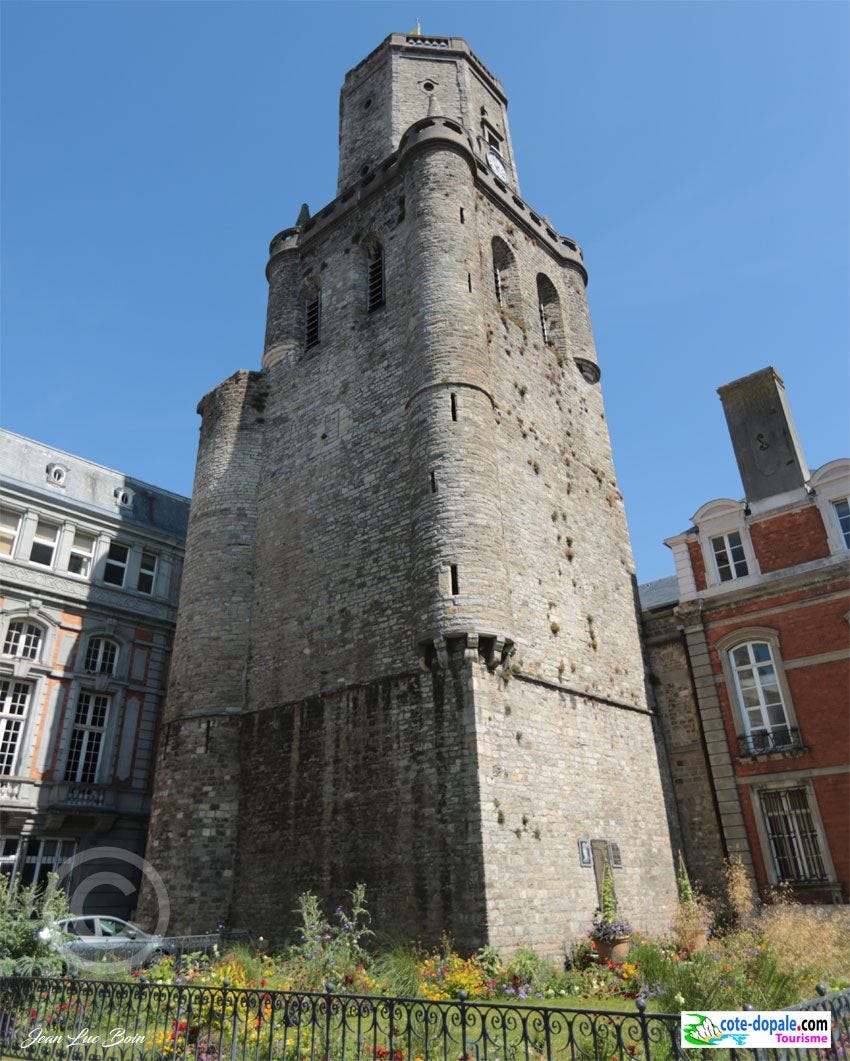
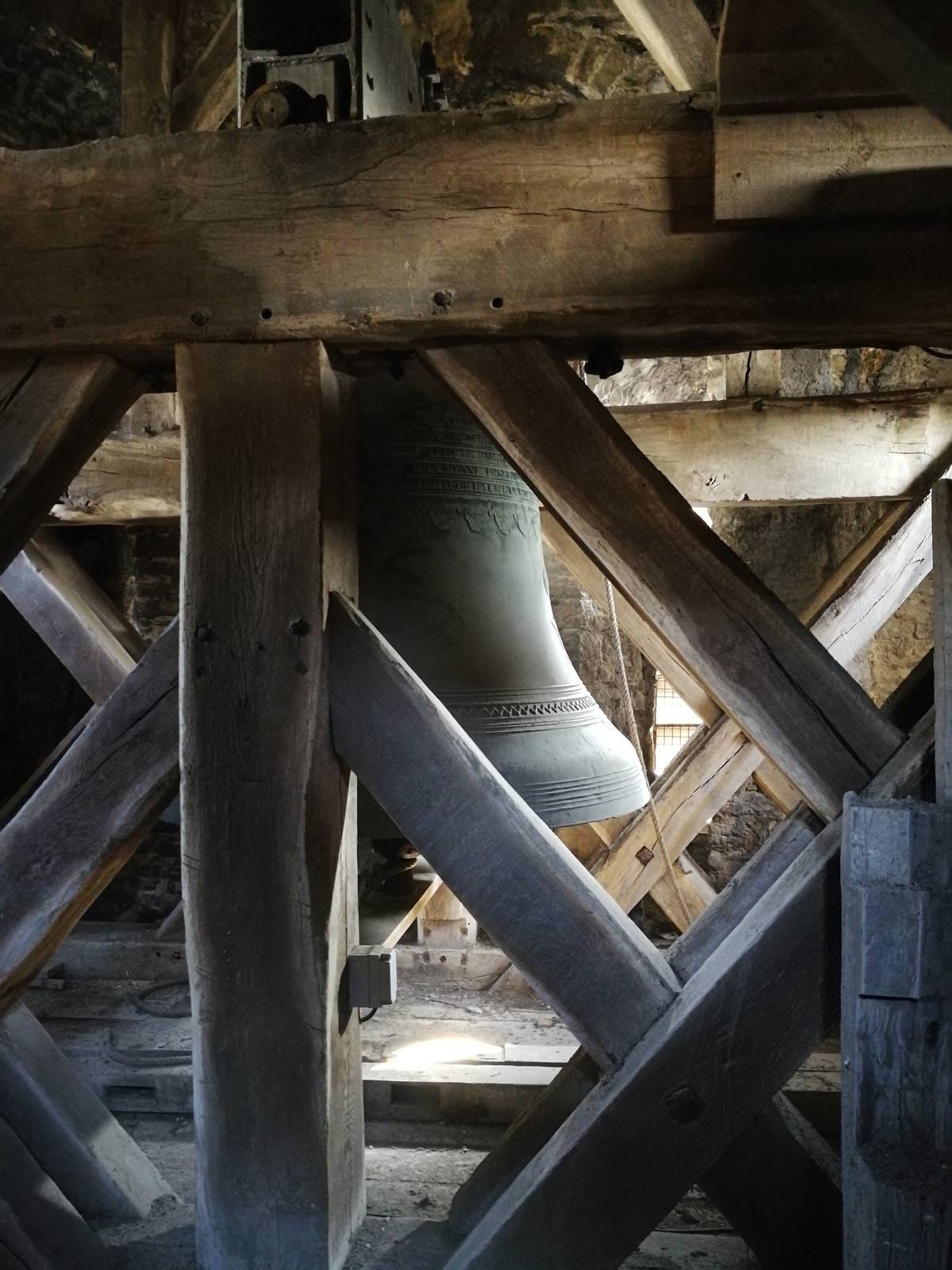



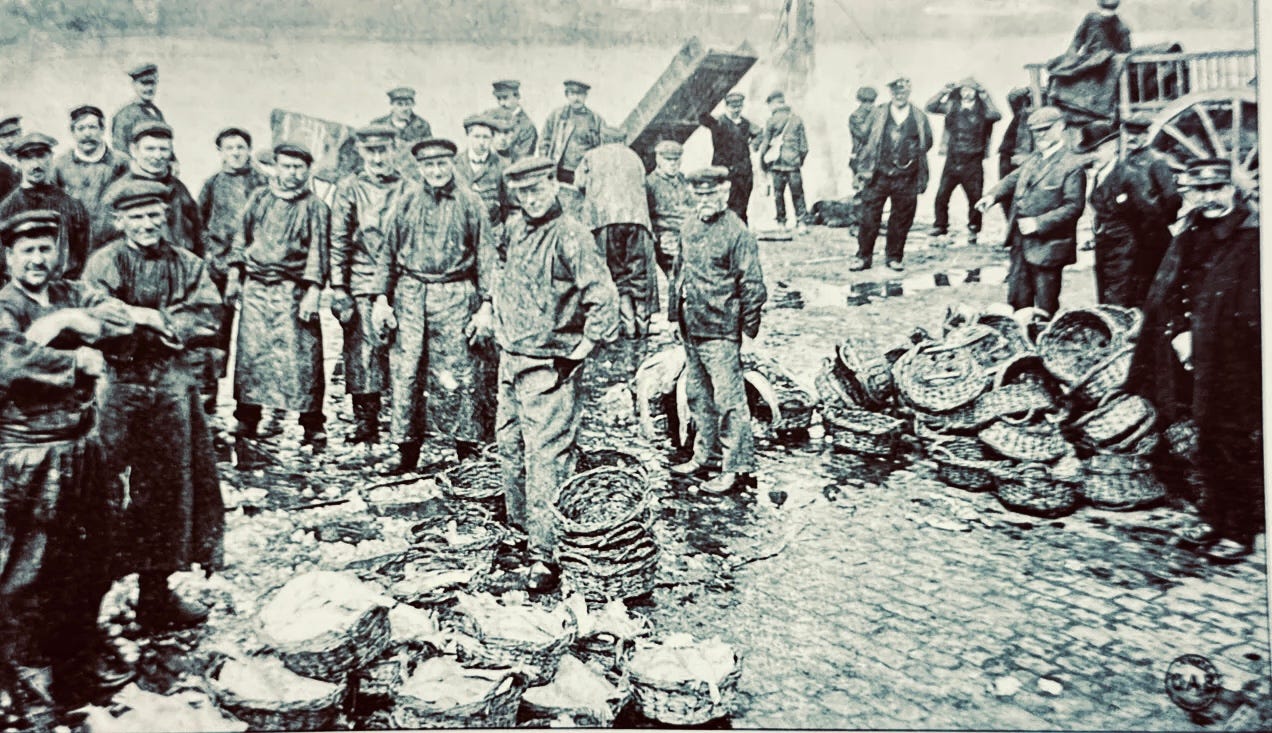



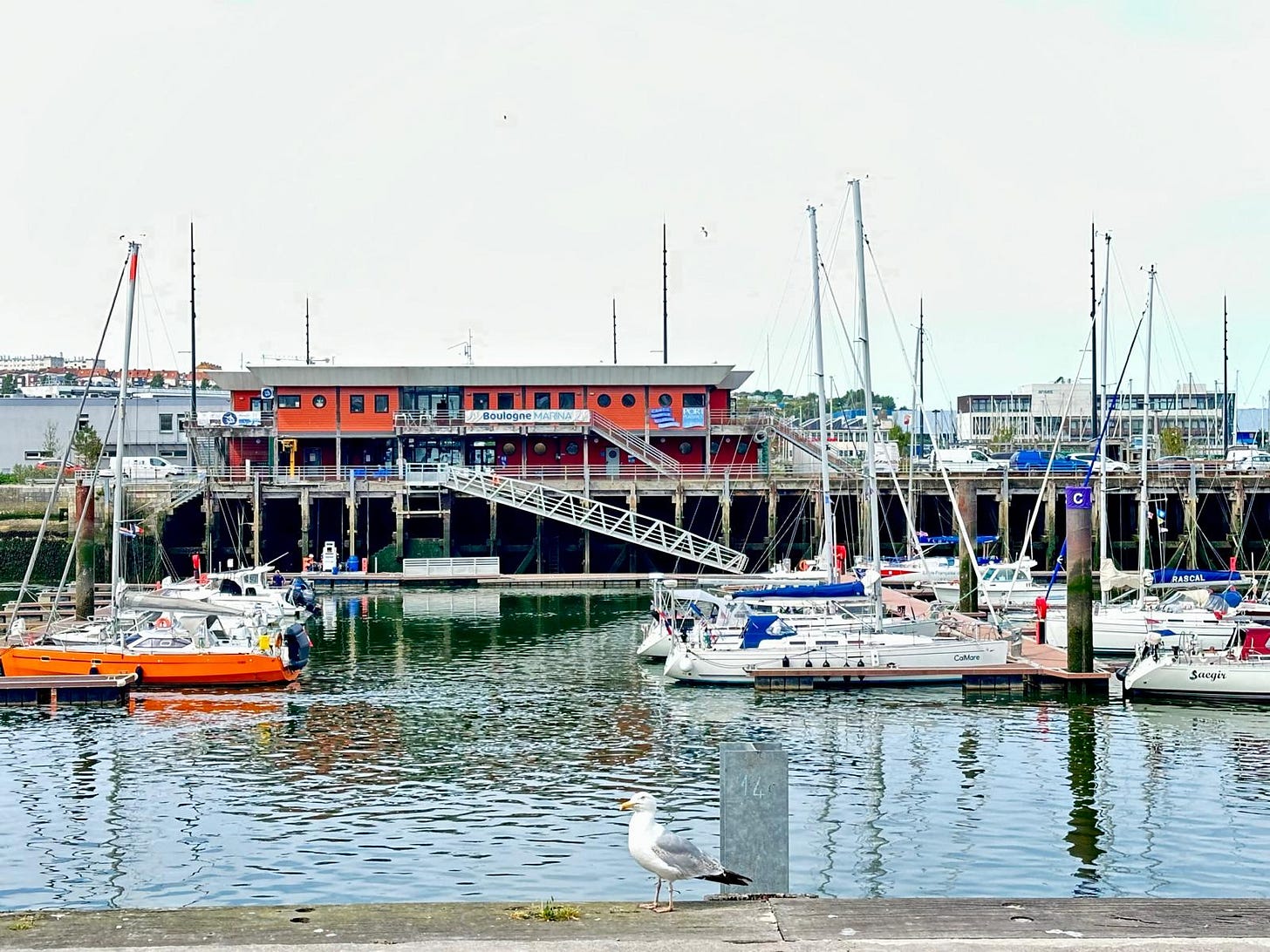



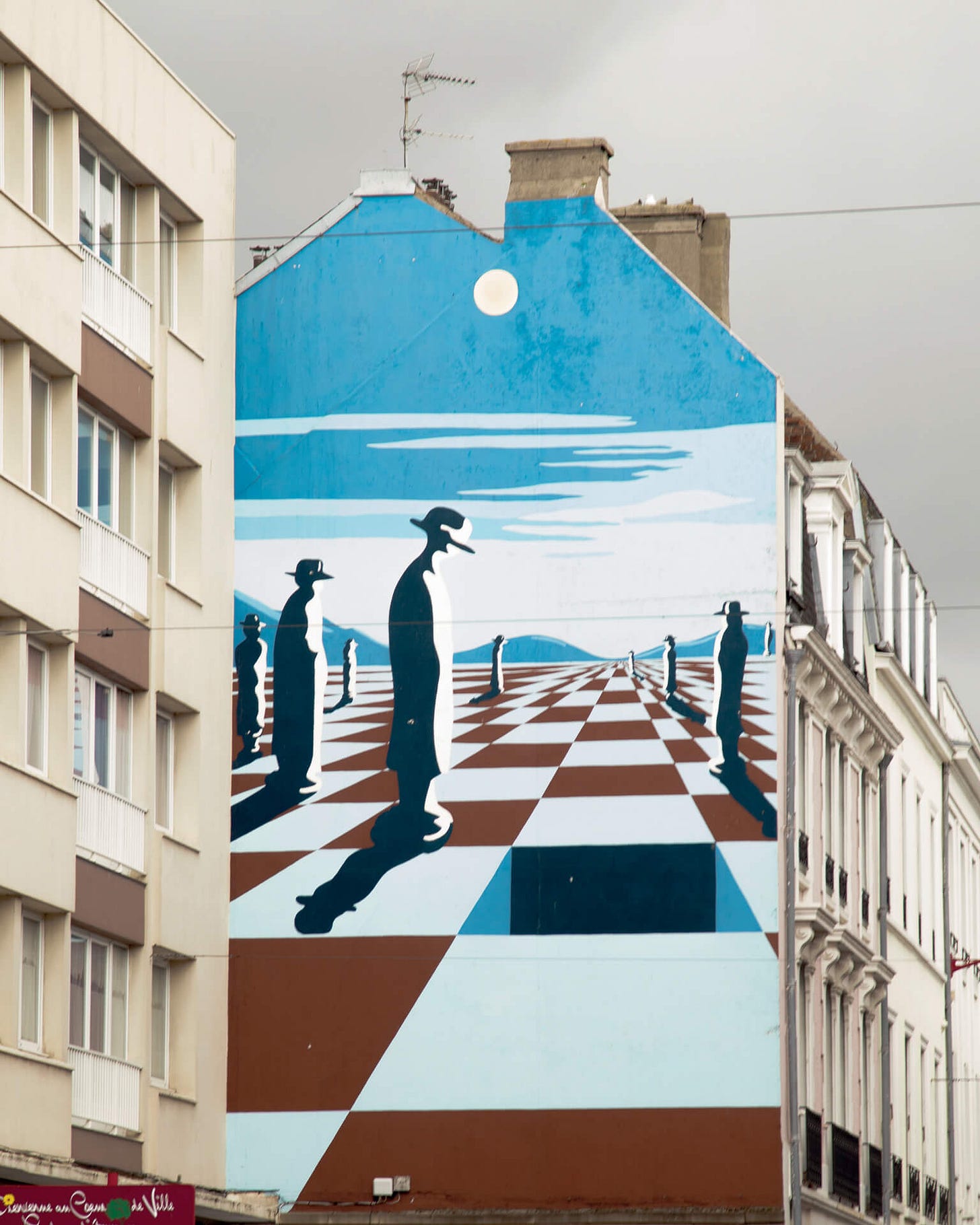
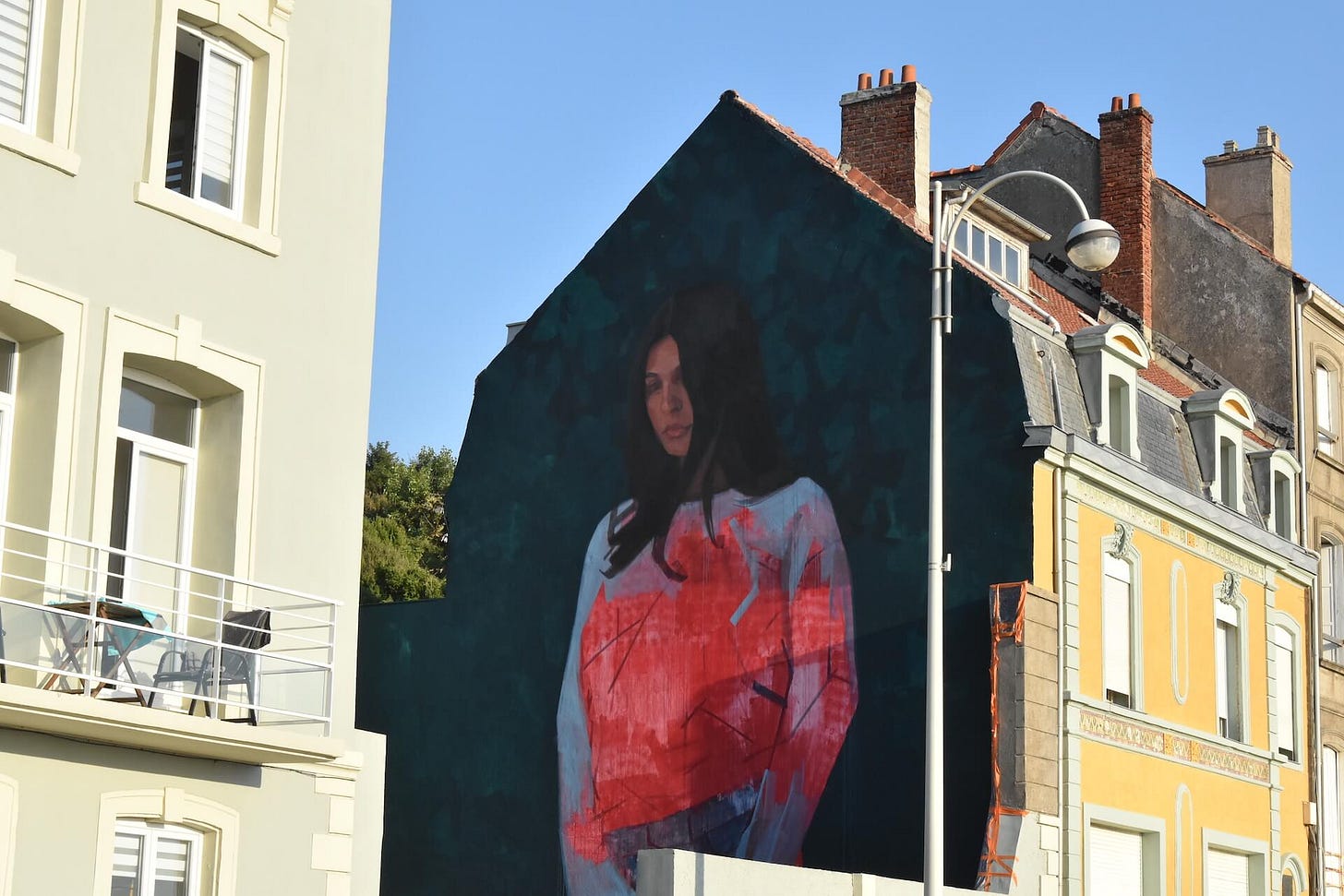

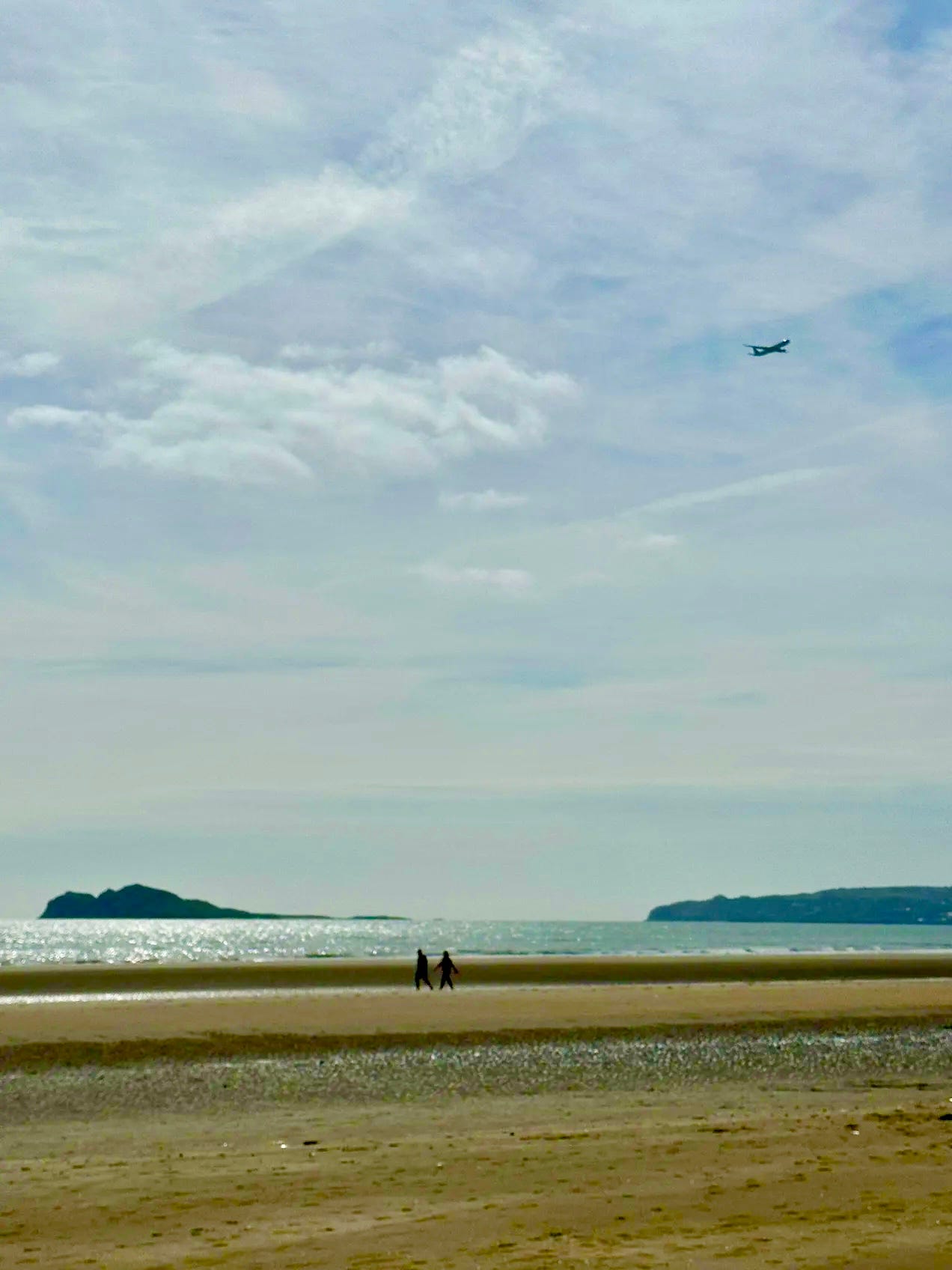

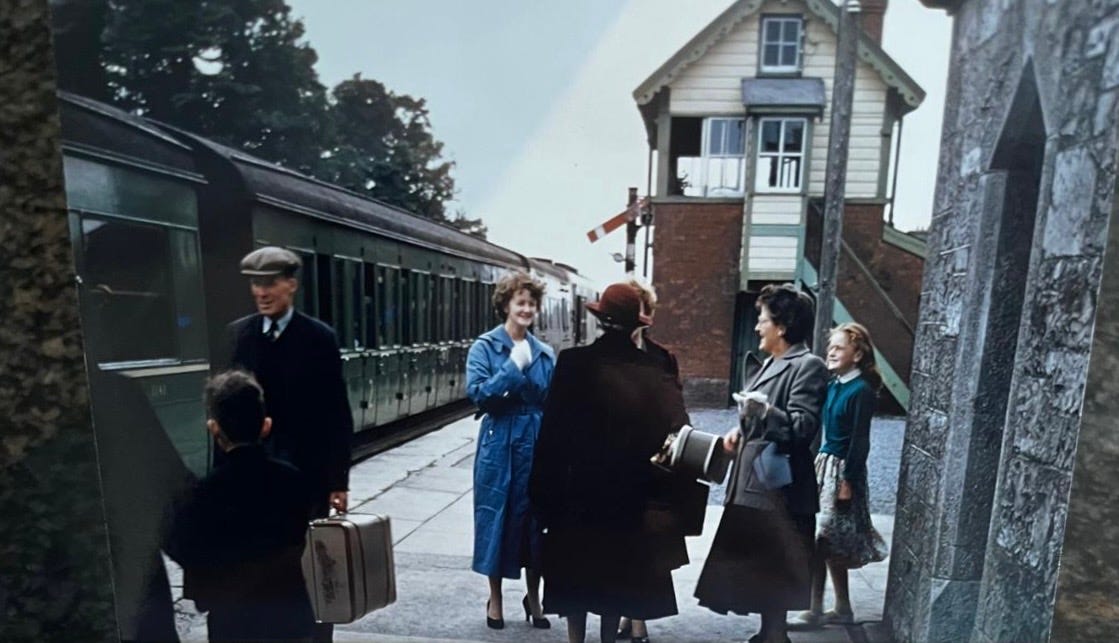




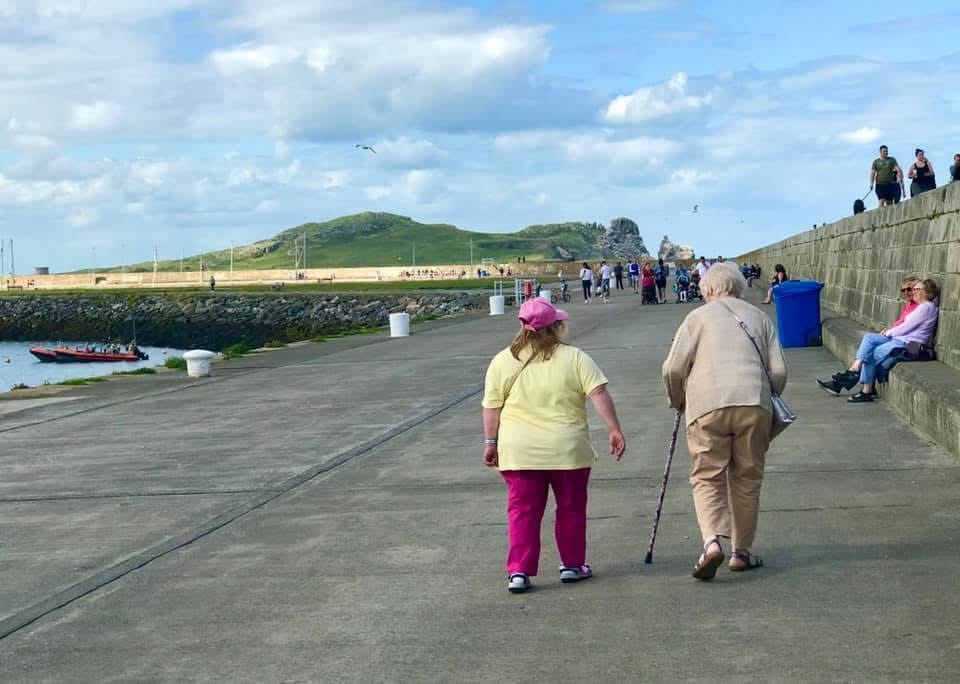
Dear Lucy, thank you so much for taking the time to write and for your kind words. They are indeed mighty mammies and mná na héireann.
What a truly amazing article
A beautifully written piece of work combing history and tradition and a wonderfully deeply personal tribute to your mum RIP Kitty 💜🙏xx